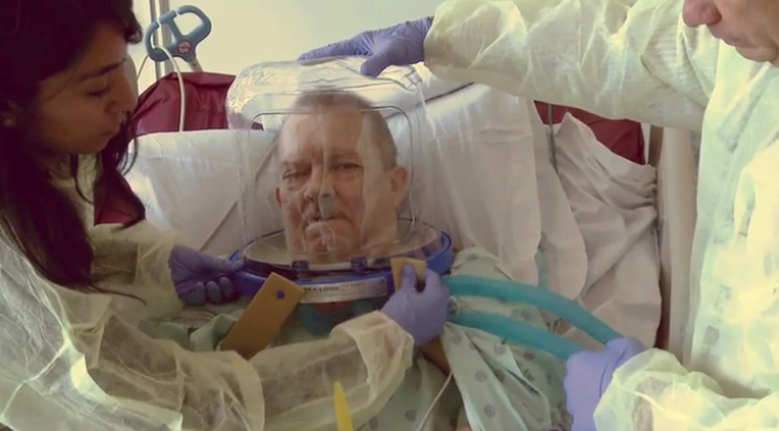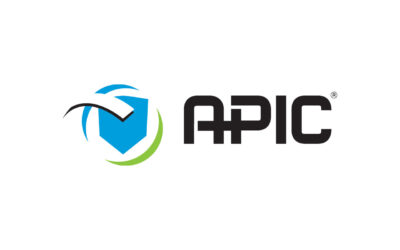
 As the COVID-19 virus is fast spreading throughout the US, the search for faster and more efficient solutions to help its victims is more important than ever. Most recently, more than 38,000 people have tested positive in the states of New York, New Jersey and Connecticut and 447 have died. These numbers are growing daily. Andrew Cuomo, the governor of New York, has stressed the extreme shortage of ventilators calling them “single greatest challenge.”
As the COVID-19 virus is fast spreading throughout the US, the search for faster and more efficient solutions to help its victims is more important than ever. Most recently, more than 38,000 people have tested positive in the states of New York, New Jersey and Connecticut and 447 have died. These numbers are growing daily. Andrew Cuomo, the governor of New York, has stressed the extreme shortage of ventilators calling them “single greatest challenge.”
To better address the problem of oxygen delivery and to reduce “the work of breathing” to patients with acute hypoxemic respiratory failure, a group of expert volunteers have founded a website dealing with the helmet-based ventilation technology. The method of helmet-based non-invasive positive pressure ventilation helps avoid the more invasive endotracheal intubation. Non-invasive ventilation using helmets shortens recovery time, reduces the need to intubate and results in minimum or no sedation.
“Our aim is to share the expertise on helmet-based non-invasive ventilation and to do it fast,” explained Aurika Savickaitė, MSN, APN at University of Chicago Medical Center, one of the experts behind the initiative. “In the face of the present crisis we seek to share our highly focused and niche expertise in this field, and to connect healthcare professionals, manufacturers, funders and decision makers to enable fast development and wider application of this technology. We believe it minimizes the spread of the virus, and we want to do what we can to contain the COVID-19 pandemic.”
The initiative grew out of the three-year trial study conducted at the University of Chicago. The results of the study were published in 2016. Researchers concluded that non-invasive ventilation using a helmet is much more effective than ventilation with a face mask. Despite the advantages of non-invasive ventilation, up to forty percent of patients fail facemask trials in part because of mask intolerance and severity of disease. Also, the intubation rate was much lower among patients who used helmets. Helmet-based ventilation is superior not only to other non-invasive methods – for some patients it gives another option to avoid the intubation.
Amidst the COVID-19 crisis these findings are especially valuable. Helmet-based ventilation can be used in non-ICU hospital settings. It requires less staffing and puts less stress on the patient. Helmet-based ventilation is cheaper and easier to administer. Clear air-tight device with a soft collar is sealed around the patient’s neck. The patient with a helmet can see, speak and cough – the transparency allows the patient to interact with the environment, while the lack of contact to the face lowers the risk of skin necrosis, among other benefits.
The helmet-based ventilation has been successfully used in Bergamo, Italy. It is the second-largest focal point of COVID-19. While this is not a new practice in Italy, the results of non-invasive ventilation were very satisfactory in fighting the virus. But the problem with ventilation helmets is their short supply. In the US they are so far produced by the sole manufacturer.
“It is crucial that we all move fast. We need to establish working connections between professionals, hospitals, state institutions, manufacturers and funders. They all have to be on board if we want to enable progress and provide relief to victims of the pandemic,” said Aurika Savickaitė.
Ms. Savickaite and her colleagues have put together a website helmetbasedventilation.com hoping it can address several groups of people as an informational marketplace. Nurses and other healthcare professionals may find the know-how they need to use the helmet-based ventilation. Potential manufacturers and investors will be better informed about the technology, new inventions, costs and market potential. And finally, the decision makers in state institutions and hospitals can see the benefits of the helmet based ventilation and immediately contact the manufacturers for ordering.









